Gallery Spaces
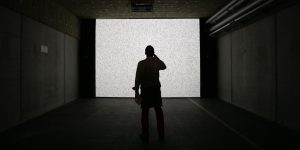
data.tron
Ryoji Ikeda (JP)
How many points are there in a line? What is the number of numbers? How can we verify that the random is random? data.tron is part of the datamatics project, a series of experiments that explore such questions both physically and mathematically. Visitors will experience the vast universe of data in the infinite between 0 and 1. data.tron is an audiovisual installation in which each single pixel of visual image is strictly calculated by mathematical principle, composed of a combination of pure mathematics and the vast sea of data present in the world. These images are projected onto a large screen, heightening and intensifying the visitor’s perception and total immersion in the work.
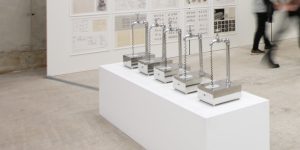
THE COMPUTATION CENTER [CENTRO DE CÁLCULO] AT MADRID UNIVERSITY. 1966-1973
The Computation Center at Madrid University (CCUM) is an example of how computation centers, mathematicians and some private computer companies became generators of interaction between technology and other disciplines.

Ting*
Tromarama – Febie Babyrose (ID), Herbert Hans (ID), Ruddy Hatumena (ID)
This video is about reunion; there are three mugs, which always appear in the video that represents the three of us. We can see all the tableware run away through the fence and play around in the park, but at the end of the day they must go back into the cupboard and be ordinary tableware again. This video expresses how we felt at that time, when our daily routine at the office occupied our playing time.

Japanese Media Art Timeline Infographics Project
Atsuhito Sekiguchi(JP), Hiroko Myokan(JP), Minoru Noma (JP), Keiko Kobayashi (JP), Ryoji Tanaka (JP)
We are trying to build a history of Japanese media art from the event, with the artistic support of company Mesena (mécénat) and through the student-teacher relationships at the educational research institute. It will consist of an infographic that clearly displays the relationship between the winning projects at PRIX ARS Electronica and those at the Japan Media Art Festival.

Living Mirror
C-Lab – Howard Boland (UK), Laura Cinti (UK)
A mirror consisting of a liquid filled with bacteria. A camera scanning your face creates a magnetic field with the information, to which the bacteria respond. The result is that you look at a portrait of yourself, designed by bacteria.
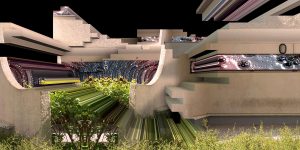
Machine for Living
Sabrina Ratté (CA)
Machine for Living is a project elaborated in the context of a nine-month residency at Château Ephémère (Carrière-sous-Poissy, France). The video series investigates the architecture of the new towns (villes nouvelles) and brutalist residential buildings in the surroundings of Paris.
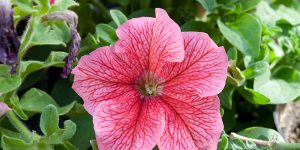
Natural History of the Enigma, Plantimal #4
Eduardo Kac (BR/US)
The central work in the Natural History of the Enigma series is a plantimal, a new lifeform the artist created and that he calls “Edunia,” a genetically engineered flower that is a hybrid of himself and Petunia. The Edunia expresses his DNA exclusively in its red veins.
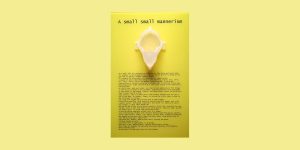
A small small mannerism and the top of an egg
Jerry Galle (BE)
A small small mannerism and the top of an egg are part of the project A.I. object recognition, Infrathin. It explores the use of language that is co-created with artificially intelligent algorithms. Galle used machine learning image recognition to describe 3D printed objects such as a urinal. The resulting descriptions resemble the writings of a deranged art critic trying to pin down an artwork using a poetic approach.
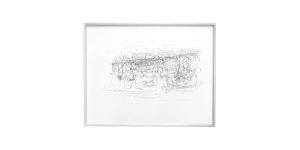
Pretext
Jerry Galle (BE)
Pretext is a software that analyses a database of existing texts and rewrites them using similar linguistic patterns. In the site-specific installation of the project, a printer prints out every 50 minutes the texts re-created by the software, which eventually will be bundled into one unique book after the show.
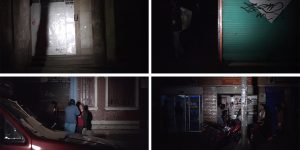
Calle 22
Julius von Bismarck (DE)
Calle 22 is Julius von Bismarck’s documentation of the street of the same name in Bogota, Colombia. With a high-speed camera and a spotlight, he shoots over 2500 frames per second during a car ride at high speed along the southern side of Calle 22 at night, thus capturing the varied life on the road with a powerful light. As this leads from the prosperous parts of the city to the poor quarters, he presents the urban development in a very small space and reflects the political process of a city based on one road.


